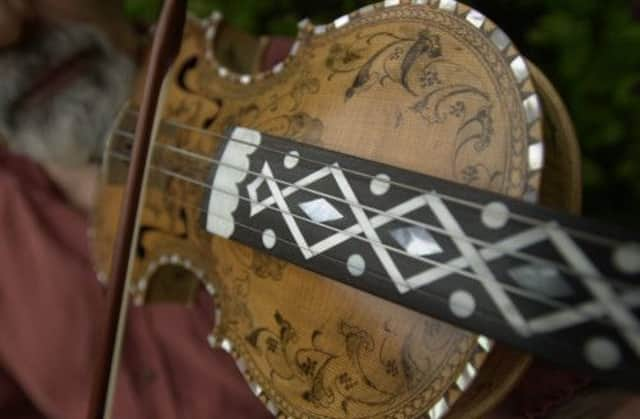‘Strathspey fiddle’ traced to Western Isles


It has long been thought that the “Strathspey” – which inspired Beethoven, Schubert and Chopin – was said to have originated from the area around the River Spey in the north-east Highlands.
However, research by Edinburgh University claims that its distinctive characteristics predate the first recorded mention of “Strathspeys” by centuries and can instead be traced to the Gaelic heartland of the Western Isles.
Advertisement
Hide AdAcademics, whose findings have just been published in the Scottish Studies academic journal, analysed early fiddle collections and transcrip- tions of 20th-century audio recordings.
They found that the first Strathspey titles were probably old Gaelic dance songs – and they were not mentioned anywhere by name until the mid-18th century.
Dr William Lamb, of the department of Celtic and Scottish Studies at the university, said the research found that the melodies recorded as Strathspeys in the mid-18th century were also being played throughout the country by then, and that they were simply “labelled” as such by musicians in the Speyside area.
Lamb said: “It’s very difficult to say exactly how old the origins of the Strathspey are but I think you could be talking as far back as the fifth or sixth century, when its origins could have been as a work song. Although there will never be a material artefact or written source to prove, beyond doubt, that the Strathspey originated in Gaelic song, the multiple strands of evidence point strongly to this.”
The Brown and Cumming families, of Kincardine-on-Spey and Grantown-on-Spey respectively, are believed to have been the first players of the Strathspey.
Although the first mention of Strathspey can be found in a 1749 manuscript, the first collection of tunes was produced by Angus Cumming in 1782, but he never used the term and instead referred to “Old Highland Reels”, almost half of which have alternative Gaelic titles.
Advertisement
Hide AdThe research paper, “Reeling in the Strathspey”, calls it the most iconic variety of Scottish music over the past 250 years.
It also describes the “confusion and debate” over its origins and in what form it started, in either musical form, a type of song, a dance – or even some other kind of rhythm.
Advertisement
Hide AdThe paper states that the standard theory of the Strathspey’s origins had now been “abandoned on the basis of weak and conflicting evidence”.
Lamb said: “A survey of early accounts indicated it was a style of playing and singing for reels, rather than a discrete musical variety, and that it was actually widely distributed across the Highlands.
“The connection between the Strathspey and the Gaelic song tradition was made in two ways – through an analysis of the tune titles in the earliest collection by a native of the Speyside area and by a survey of ‘pointed rhythm’ in Gaelic dance song.”